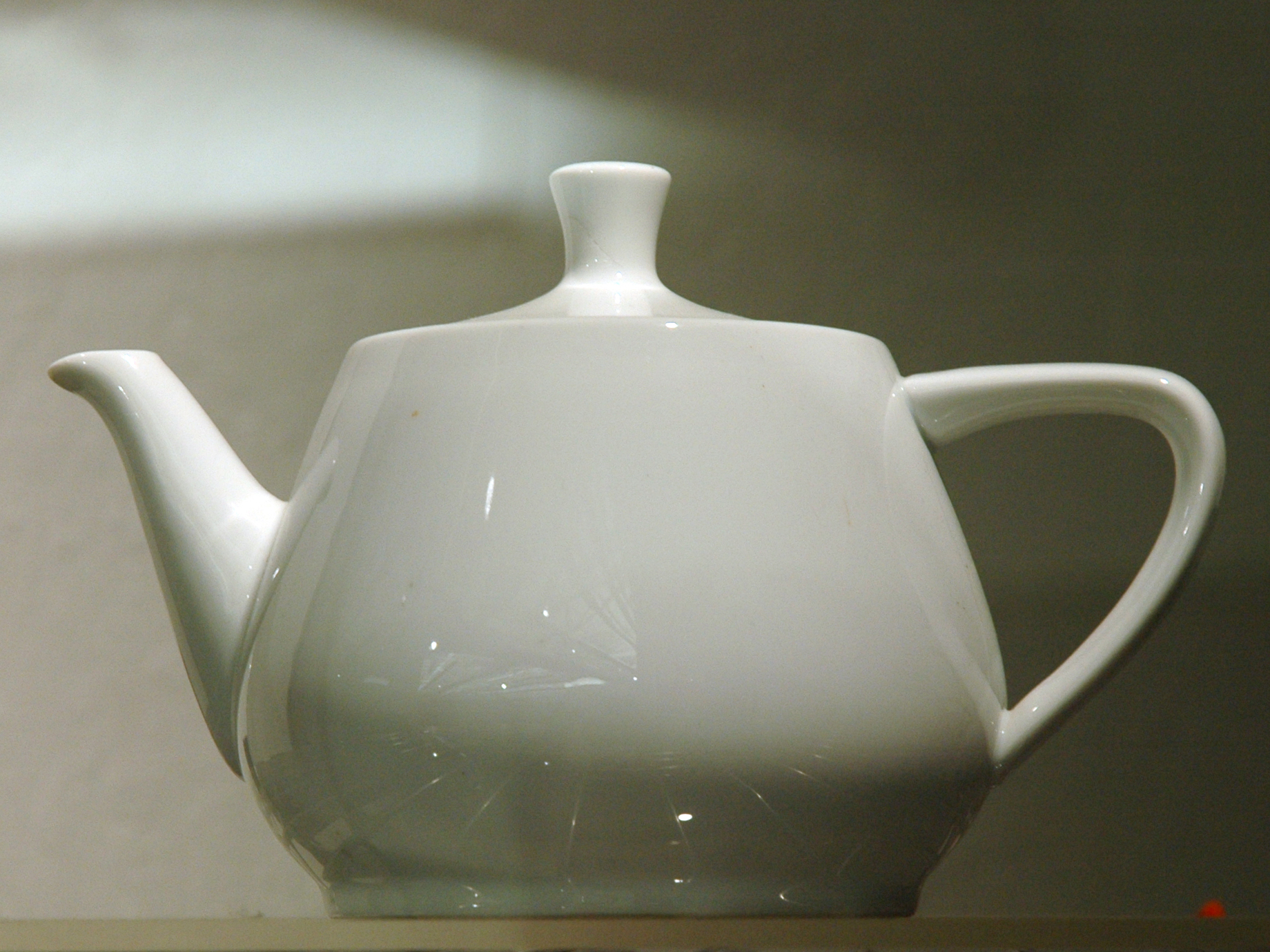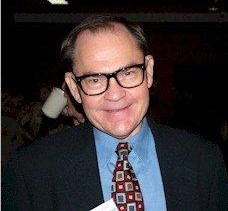
Title
Date
Description
Multiple Available
There are multiple entries on this date. You can modify the date range below to see them all.
Blinn shading
Established Date: Jan. 1, 1977
- All
- research
- academic
- software
- rendering
- software engineer
- pioneer
- researcher
- co-founder
-
A shading method developed by James Blinn in 1977 that uses diffuse, specular, eccentricity, and refractive index attributes. Increased control over the specular component makes for good representation of metallic surfaces. The Blinn shading model was initially inspired by Phong's work at the University of Utah, and Blinn's desire to represent a more accurate specular lighting model. Blinn then spent many weeks researching extensively at the University library, discovering many papers dating back to the 1920s by an "optical illumination society" and more recent work was done by Torrance and Sparrow at the University of Minnesota. What Blinn did was to codify the theory into a practical light reflection model that was both physically based and accurate.
-
The Blinn shading model was later expanded upon by Ken Torrance and Rob Cook at the University of Cornell.
Blinn 2.0 -
 University of Utah
University of Utah -
 Gouraud shading
Gouraud shading -
 Phong shading
Phong shading -
 James ( Jim ) Blinn
James ( Jim ) Blinn -
 Rob Cook
Rob Cook -
 Cornell University
Cornell University -
 Ken Torrance
Ken Torrance
Blinn 2.0
The Blinn shading model was later expanded upon by Ken Torrance and Rob Cook at the University of Cornell.
A shading method developed by James Blinn in 1977 that uses diffuse, specular, eccentricity, and refractive index attributes. Increased control over the specular component makes for good representation of metallic surfaces. The Blinn shading model was initially inspired by Phong's work at the University of Utah, and Blinn's desire to represent a more accurate specular lighting model. Blinn then spent many weeks researching extensively at the University library, discovering many papers dating back to the 1920s by an "optical illumination society" and more recent work was done by Torrance and Sparrow at the University of Minnesota. What Blinn did was to codify the theory into a practical light reflection model that was both physically based and accurate.
